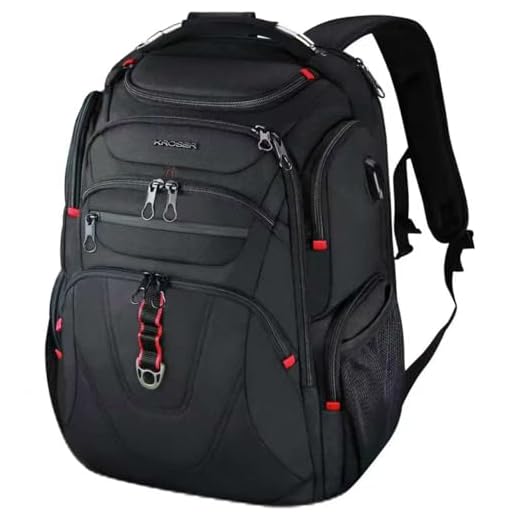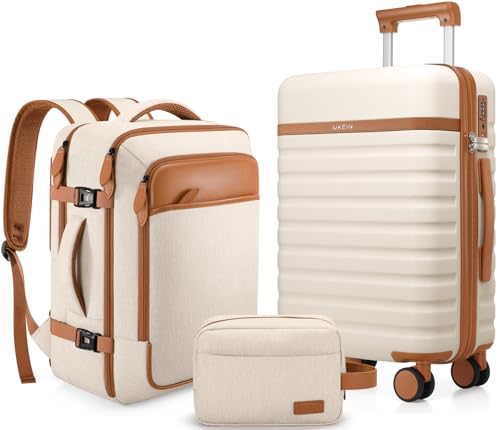




Accessing your personal belongings during a flight is often unnecessary. Most airlines allow you to keep your items stored above or under the seat without interruption, provided everything complies with the regulations. Items like electronics, medications, or any value objects should easily fit your space. Expect to retrieve belongings only during security checks or when prompted by cabin crew if needed.
Specific regulations vary by airline; therefore, checking the guidelines related to your flight is advisable. Many carriers do not require any inspection unless there’s suspicion or an emergency. Regularly, you can remain seated and comfortable until you arrive at your destination. In case you need to use an item, simply ask the flight attendants for assistance, as they are trained to help with these requests.
Being informed of your airline’s policies and knowing what you may need during the flight will enhance your travel experience. Planning ahead reduces stress and ensures compliance with all requirements, making your time in transit smoother.
Do I Need to Unzip My Bag?
In most cases, it’s unnecessary to unzip your bag during security checks unless specifically requested by screening personnel. Ensure all items comply with airline regulations to facilitate a smooth inspection.
What Triggers a Bag Check?
Items such as liquids exceeding the allowed volume, sharp objects, or electronics that aren’t properly placed may prompt security to request bag access. Familiarize yourself with prohibited items prior to travel to avoid such scenarios.
Tips for a Smooth Inspection
Organize your essentials in an accessible manner. Utilize clear, resealable bags for liquids and pack easily removable items on top. Keep your travel documents handy, ensuring a seamless process at security checkpoints.
Understanding TSA Regulations for Carry-On Luggage
All travelers must comply with TSA requirements regarding their personal items. Security personnel might inspect certain bags without prior notification. Always ensure that prohibited items like sharp objects, flammable materials, and liquids over 3.4 ounces are not present in any bags.
Consider packing electronics separately, as they typically require additional screening. Laptops, tablets, and large electronic devices need to be removed from bags and placed in separate bins during the security check.
Maintaining organization within bags simplifies the screening process. Utilize packing cubes or pouches to segregate items and enhance visibility for security personnel. This approach may help expedite the inspection if necessary.
Passengers with medical equipment must inform TSA agents about such items beforehand. A medical professional’s letter can assist in clarifying any queries regarding specific devices.
Each airport may implement variations of these regulations, making it advisable to check for specific guidelines before arriving. Preparation can significantly minimize stress and delays.
Common Items That Require Inspection
During security examinations, certain objects typically attract heightened scrutiny. Be prepared to present the following items, which often necessitate a detailed check:
1. Electronics
- Laptops and tablets – Must be extracted from bags, sometimes requiring additional screening.
- Portable chargers – May be examined closely due to potential power sources.
- Smartphones and cameras – Often subject to inspection protocols.
2. Liquids and Gels
- Containers exceeding the specified volume may prompt further checks.
- Items like cosmetics, shampoos, or other liquid products require inspection for compliance.
3. Food Items
- Solid and liquid foodstuffs might be inspected, particularly if they appear unconventional.
- Unsealed containers can raise questions during screening.
For more information regarding items that might raise security concerns, consider looking into this best and cheapest umbrella policy. Additionally, ensure that you are aware of safety measures concerning other appliances like fridges, including whether Siemens fridge freezers are safe.
What Happens During Security Checks
A thorough inspection of personal belongings is standard practice at security checkpoints. Transportation Security Administration (TSA) personnel assess items to ensure compliance with safety regulations. Be prepared for your possessions to be scanned and potentially examined further, particularly if suspicions arise.
Screening Process
Electronic devices, liquids, and certain accessories are typically removed for separate screening. Expect requests to place these items in designated bins for X-ray analysis. Items that may appear suspicious could warrant additional scrutiny, leading to manual checks, where staff may ask for your assistance.
Prohibited Items
Items that surpass size limits or fall under prohibited categories, such as sharp objects or flammable substances, will likely necessitate further examination. If unsure about regulations, consulting TSA guidelines beforehand is advisable. Also, consider the benefits of knowing the best umbrella color for rain when packing, as that could influence decisions on what to pack.
Tips for Streamlining the Inspection Process
Avoid packing prohibited items such as liquids over 3.4 ounces, sharp objects, and other restricted materials in your bag. Familiarize yourself with current regulations, as this reduces the likelihood of additional checks.
Use clear, resealable plastic bags for liquids and gels. Place these bags at the top of your belongings for easy access during screening.
Organize your possessions efficiently. Utilize packing cubes or small containers to categorize items. This allows security personnel to conduct inspections quickly without needing to sift through your entire collection.
Select a designated spot for electronic devices like laptops and tablets. Always ensure these are easily removable for scanning. A quick, noticeable location minimizes delays.
Consider wearing easy-to-remove shoes and minimal metal accessories. This can streamline your personal screening process, as fewer items might trigger additional checks.
Arrive at the airport with ample time before departure. This not only reduces stress but also prepares you for possible delays during the inspection.







